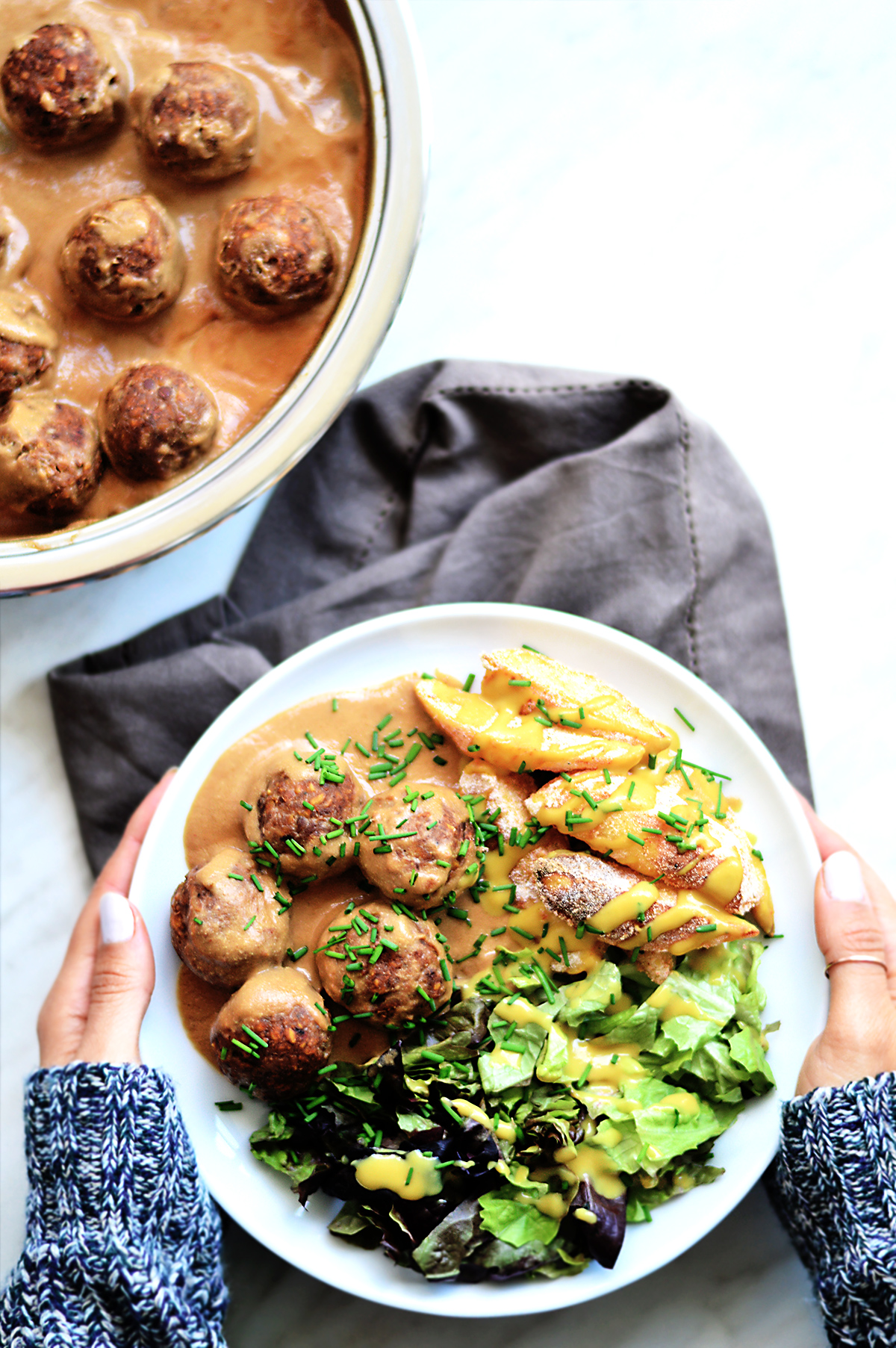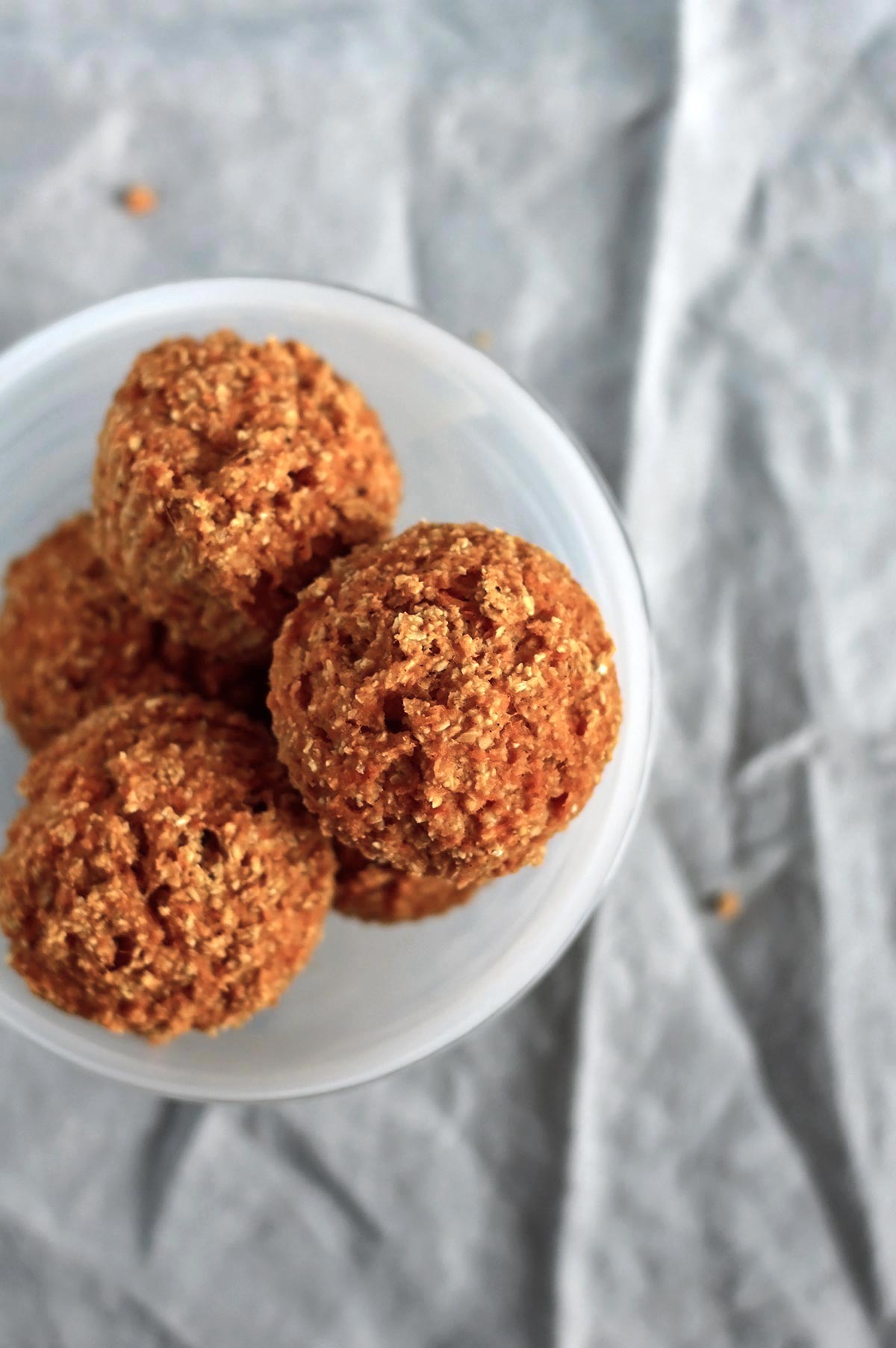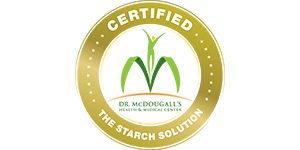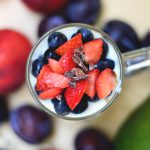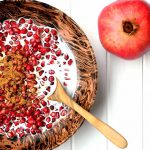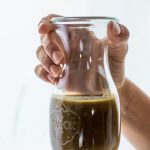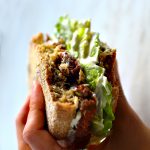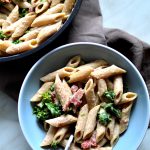HOW TO SAUTÉ WITHOUT OIL

One of the first questions I get asked when I recommend to avoid oils is…”so how do you sauté without oil?” We are so used to use fats for cooking that it’s hard for us to guess how to do it without them. However, it’s much easier than you think.
These are the two most important things when cooking without oil:
THE PAN
This is probably the most important thing. For oil-free cooking, you will need a good one. Otherwise, you will spend more time cleaning up burned pans than cooking. After quite some years cooking without oils, these are my recommendations:
-
Stainless Steel Pans without any coating: these are great if you are going to use some kind of liquid such as wine, water or broth during the cooking process to avoid the food from sticking to the pan. However, they are not a good choice when it comes to pancakes. The will stick to the pan and you will have a very hard time flipping them. So…pancakes + stainless steal pans + fat-free cooking = not a good combo.
-
Pans with ceramic coating: you won’t need any fat nor liquid to sautée or to cook pancakes. But you must be extra careful with them otherwise you´ll ruin them very fast. After reading a lot about ceramic coatings, I decided to give them a try. I purchased my first ceramic pan several months ago and I LOVE them. Many people complain about the pan losing its non-stick properties after a few uses but I strongly believe this problem is due to an improper use of the pan. I´ve had my pans for six months now and I´ve used them every day, sometimes more than once a day and nothing sticks to them. This are my recommendations:
-
After cooking, let your pan cool down before cleaning it. ALWAYS. And do not add water to them either if it is still hot/warm.
-
Do not add cold liquids or food to the pan while it is hot. If you need to add anything to the pan while cooking, make sure it is room temperature.
-
NEVER use metal utensils. Use plastic, silicon or wood instead.
-
Don´t stack things on top of you ceramic pan when storing them.
-
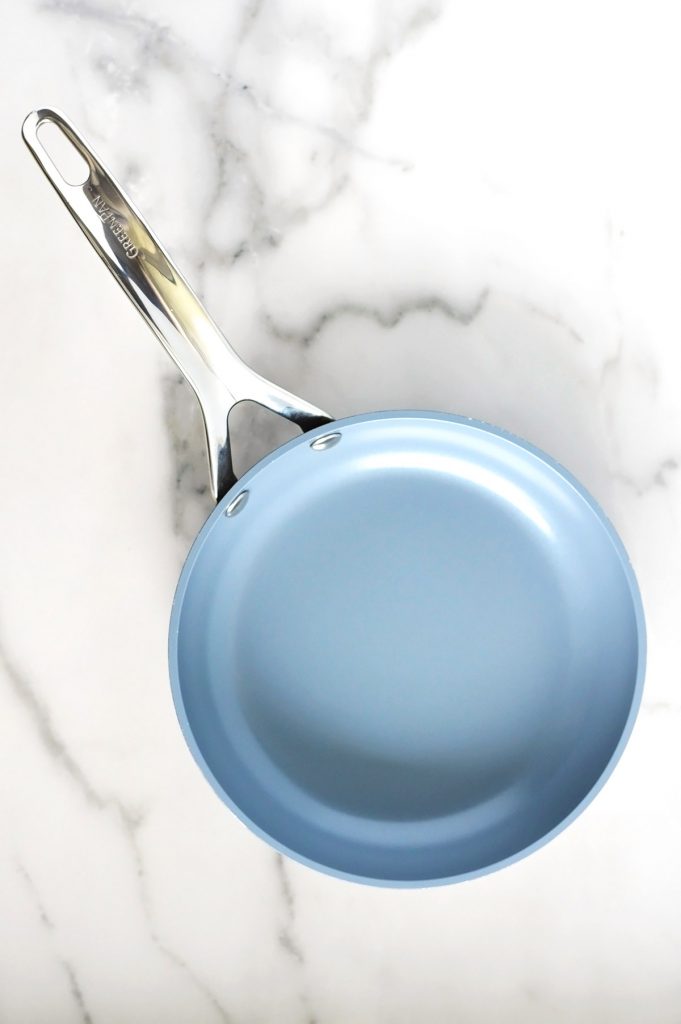
-
Pans I do not recommend: all pans with PFOA (Perfluorooctanoic acid ) or PTFE (Polytetrafluoroethylene) due to it’s potential harmful effect on health. Even though it is commonly accepted that only PFOA should concern us, PTFE-coated non-stick cookware can cause health issues when use inappropriately. Furthermore, the manufacturing process of PTFE-coated products is highly toxic for the employees and for the environment. That´s why I prefer avoiding all non-stick coatings with PTFE-based formulas. My suggestion when looking for a PTFE and PFOA-free pan is: NEVER believe what the shop assistent tells you. Most of the times, they don’t even know what PFOA and PTFE are, so you will probably leave the shop with a pan containing both or either of them. Furthermore, there are many PTFE-based coatings in the market, and therefore, many different names (Teflon being the most known), which confuses the customers as well as the poor shop assistant. However, if you decide to buy PTFE-coated cookware, make sure it is PFOA free, do not cook at high temperatures and avoid heating up an empty pan. People tend to think that the coating might leach into the food. Actually, the main concern are the fumes generated when heating the PTFE at high temperatures, which are highly toxic. Note that birds are highly sensitive to these fumes, and inhalation could result in death.
THE SAUTÉING PROCESS
Every person does it differently. The important thing is: find out the way that works better for you. This are the most common ways to do it:
-
Start with the pan slightly hot and then add the vegetables. If they start to stick, add a tiny bit of liquid (wine, broth, water…), but not too much or you will end up steaming the food and you won´t be able to brown it. Be careful if using a ceramic pan since, as I mentioned above, it´s not recommended to add cold liquids/foods when the pan is hot. If you do, you will most probably end up messing up the pan. Make sure the liquid you add is room temperature. Avoid at all cost, adding liquids that were in the fridge or in very cold pantries. It is also pretty important that you don´t heat up the pan too much. Avoid cooking on high heat.
-
Start with the veggies right in the pan and then follow the same instructions as above.
-
Some people like to start sautéeing by heating up a couple tablespoons of liquid first (wine, broth, water…), just as when cooking with oil. Once the liquid is bubbling, add the veggies and sautée until cooked and slightly browned.

And that´s how simple it is to cook without oil. Summarizing:
-
Good pan.
-
Add a tiny bit of liquid if necessary.
And last but not least, never get distracted while cooking. When cooking without oil, food is likely to get burned much faster!
Sources:
Son M, Maruyama E, Shindo Y, Suganuma N, Sato S, Ogawa M. Case of polymer fume fever with interstitial pneumonia caused by inhalation of polytetrafluoroethylene (Teflon). Chudoku Kenkyu. 2006 Jul;19(3):279-82.
Köksal N, Kahraman H. Acute silicosis in teflon-coated pan manufacturing due to metal sandblasting. Int J Occup Environ Health. 2011 Jul-Sep;17(3):210-3.
Choi WI, Jung HR, Shehu, Rho B, Lee MY, Kwon KY.Small airway-centered granulomatosis caused by long-term exposure to polytetrafluoroethylene. Chest. 2014 Jun;145(6):1397-1402.
Sajid M, Ilyas M. PTFE-coated non-stick cookware and toxicity concerns: a perspective. Environ Sci Pollut Res Int. 2017 Oct;24(30):23436-23440.
Sinclair E, Kim SK, Akinleye HB, Kannan K. Quantitation of gas-phase perfluoroalkyl surfactants and fluorotelomer alcohols released from nonstick cookware and microwave popcorn bags. Environ Sci Technol. 2007 Feb 15;41(4):1180-5.
American Cancer Society [Internet]. ACS; s.f [Revised: January 5, 2016; consulted February 7, 2018]. Teflon and Perfluorooctanoic Acid (PFOA). Available at: https://www.cancer.org/cancer/cancer-causes/teflon-and-perfluorooctanoic-acid-pfoa.html
Stoltz JH, Galey F, Johnson B. Sudden death in ten psittacine birds associated with the operation of a self-cleaning oven. Vet Hum Toxicol. 1992 Oct;34(5):420-1.

